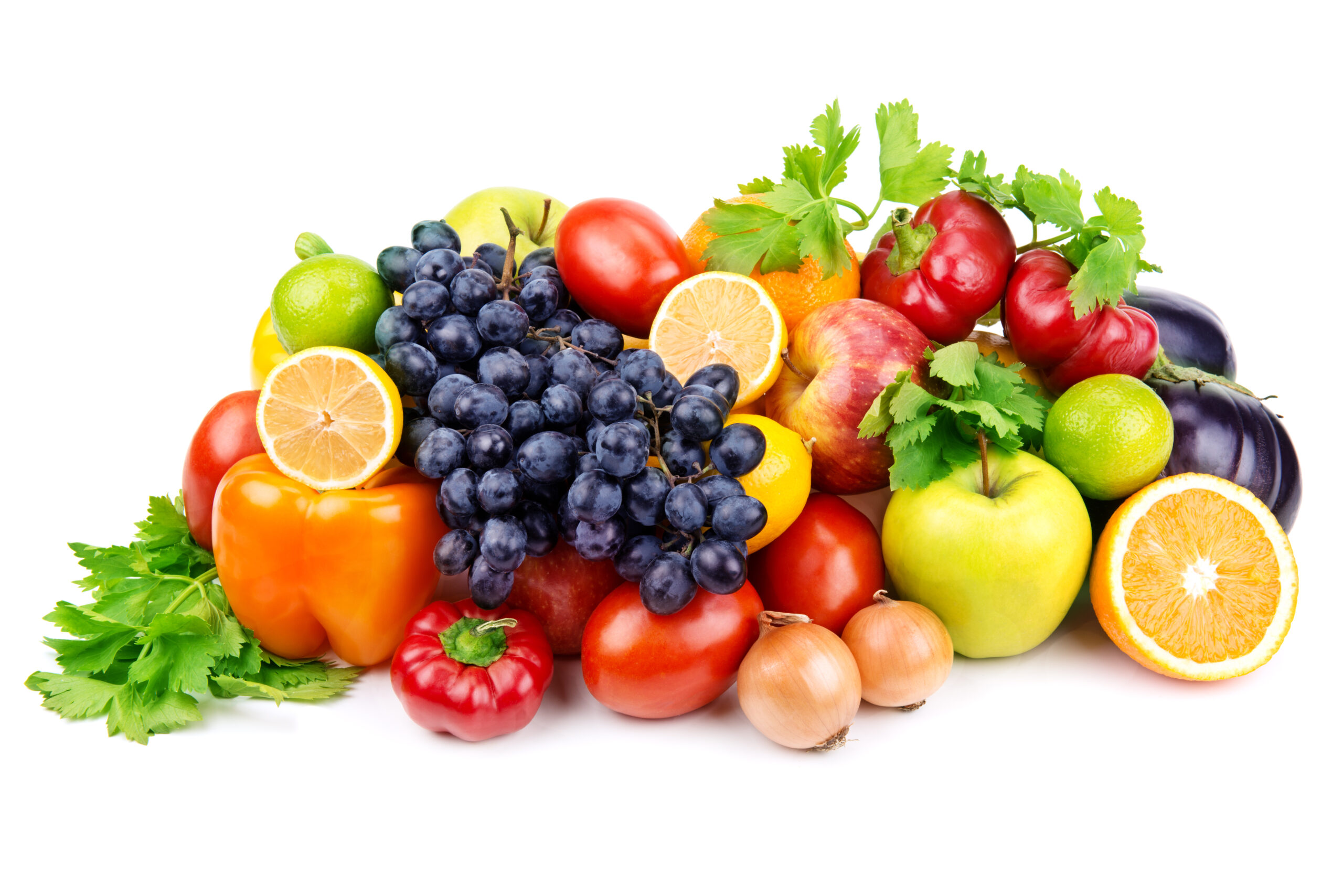The excitement of the New Year has faded and, when it comes to diet and weight loss, so usually has motivation. If you aimed to lose weight or eat healthier this year, or if you’re just curious about what really constitutes a healthy, balanced “diet”, this blog series is for you.
What is a Balanced Diet?
A balanced diet supplies all of the nutrients you need for performance and healthy aging. Despite what the diet books lead you to believe, there are actually many dietary approaches that achieve “balance”, such as a mostly plant–based dietary pattern or a Mediterranean dietary pattern. Take note of the use of the term “dietary pattern” instead of “diet”. These are considered sustainable approaches to eating without extreme restriction or elimination. They aren’t flashy; they don’t over promise results or make claims that seem too good to be true. They are rules of thumb to help guide your approach to healthy eating.
Part 1: Fruits & Vegetables
Vegetables:
- Eat a wide variety of different colored, non–starchy vegetables. Vegetables get their color from the nutrients they contain (e.g., vitamins and phytochemicals). A different color means a different nutrient profile and, in turn, confers different health benefits.
- Remember, all vegetables contain carbohydrates. You may have heard the terms “starchy” and “non–starchy” vegetables. These titles simply refer to a type of carbohydrate found in certain vegetables, called starch. Starch is digested quicker than other types of carbohydrates, such as fiber. Because quickly digested carbohydrates can cause our blood sugar to spike and drop quicker than other carbohydrates (again, like fiber), try favoring non–starchy vegetables (i.e., carrots, cucumbers, greens) when possible and reducing your portion size of starchy vegetables (i.e., potatoes, corn, peas) at meals.
Fruits:
- Eat a variety of fruit and don’t worry about the sugar. Yes, fruits naturally contain sugar, however they also contain a lot of other nutrients that are critical for health. Moreover, fruit naturally contains a high amount of fiber, which helps regulate sugar absorption and maintain blood sugar levels. In contrast, fruit juices (even 100% fruit juice) have a high amount of sugar per volume with very little to no fiber (because it was all removed through the juicing process), which causes major spikes in blood sugar. Strive to eat whole fruit rather than drinking fruit juice.
Try this
recipe which is loaded with fruits and vegetables!
Stay tuned for future blogs about how protein, fat, carbohydrates, dairy and beverages fit into a healthy, balanced dietary pattern.
